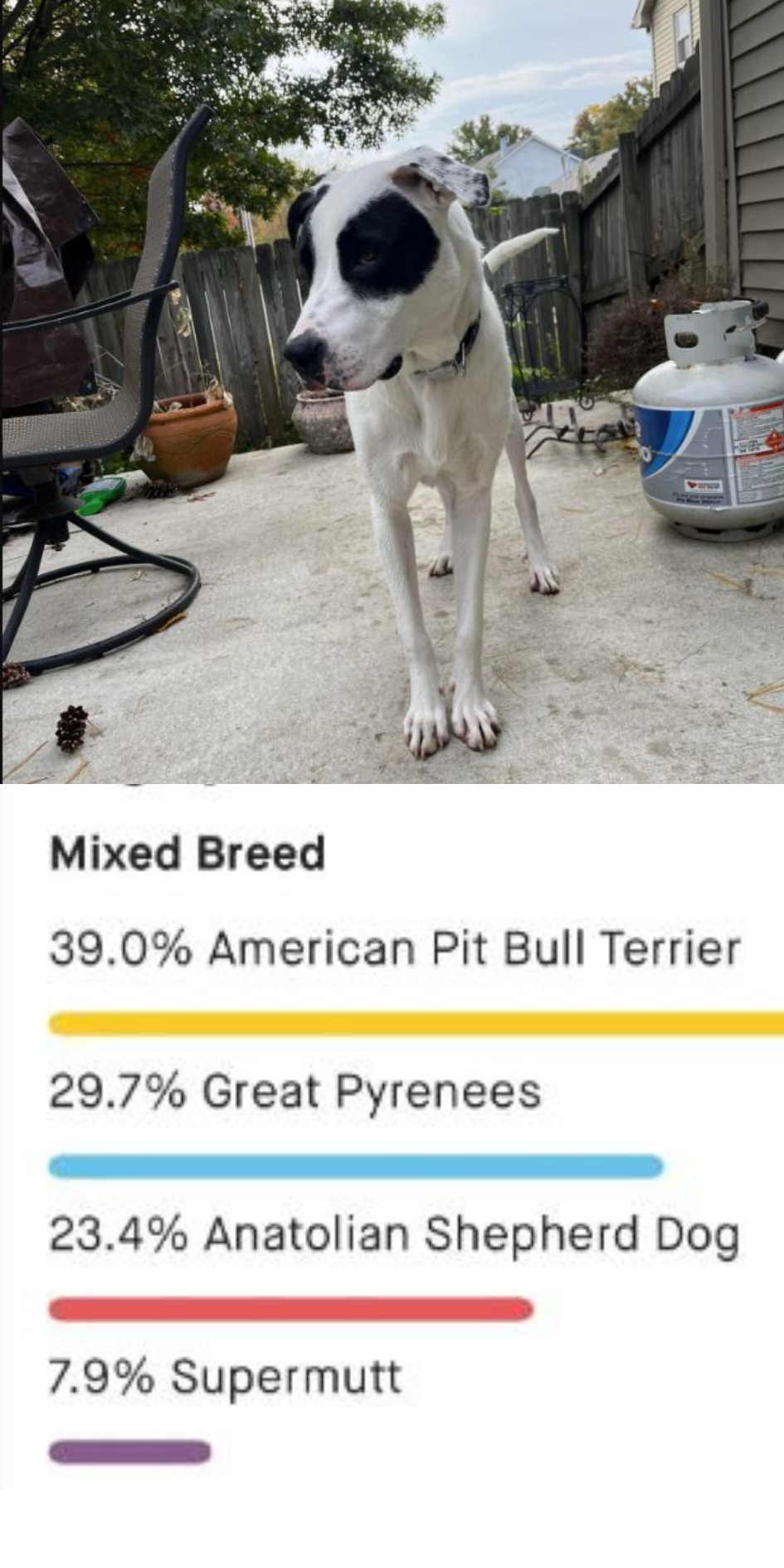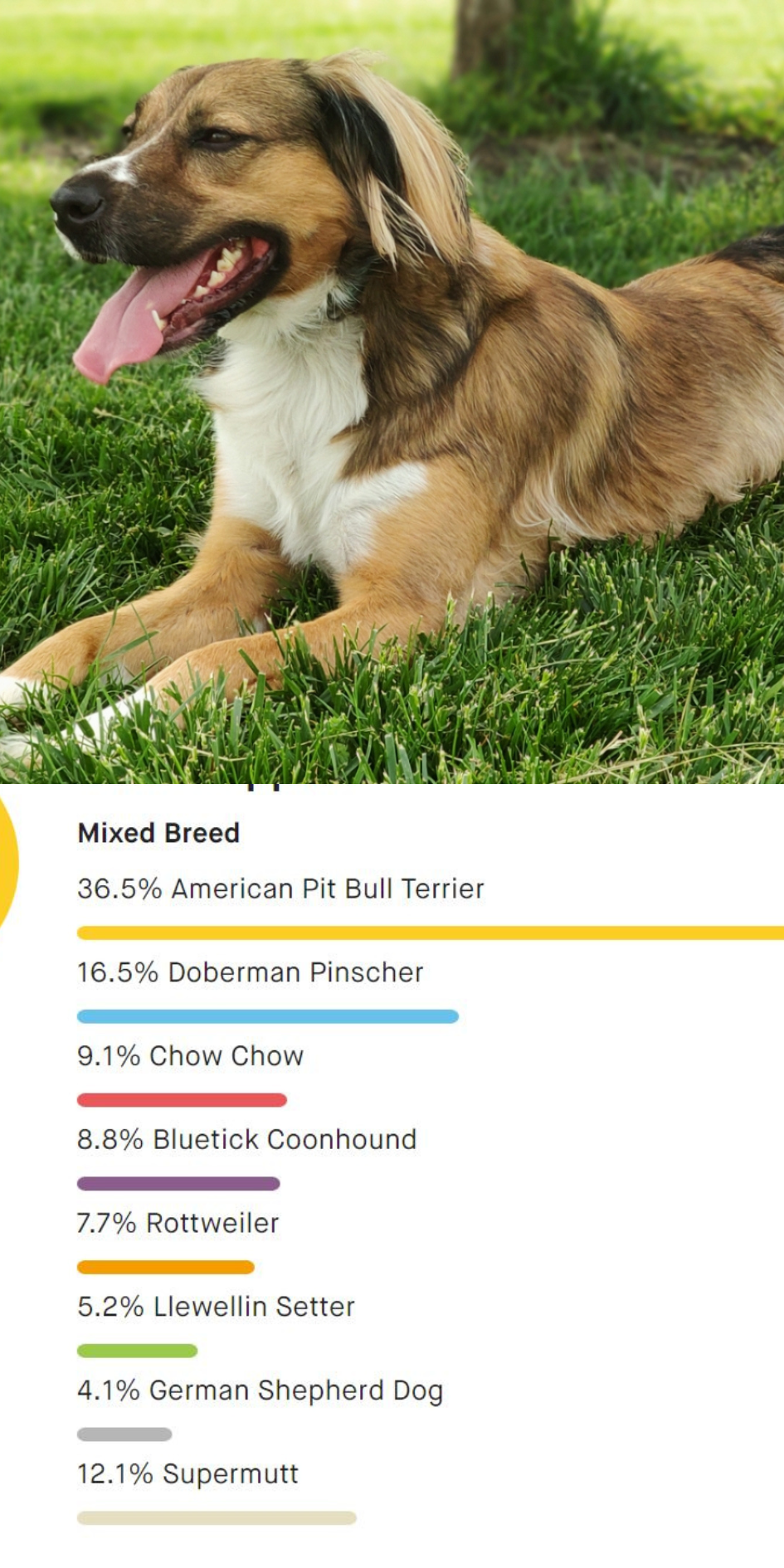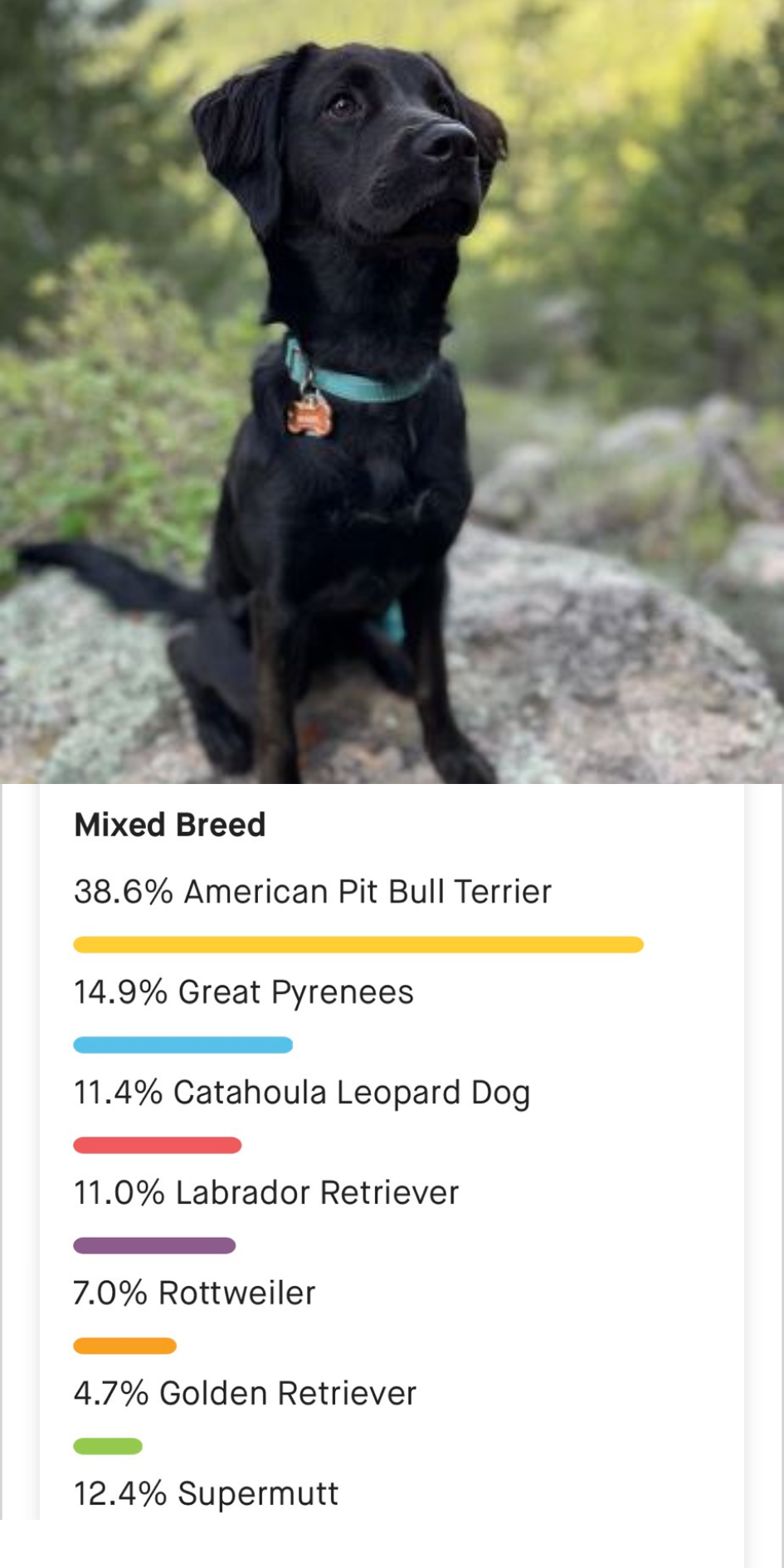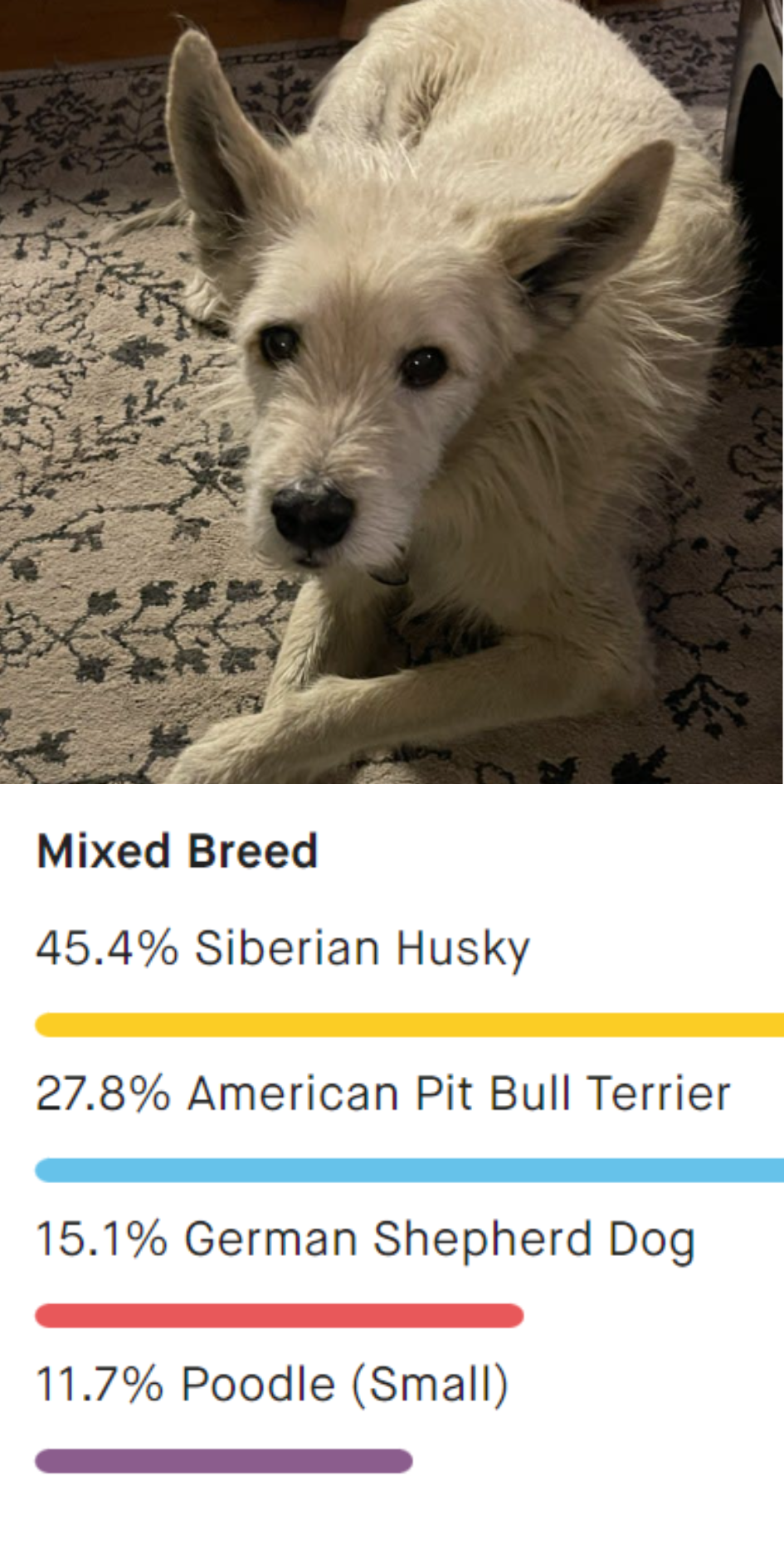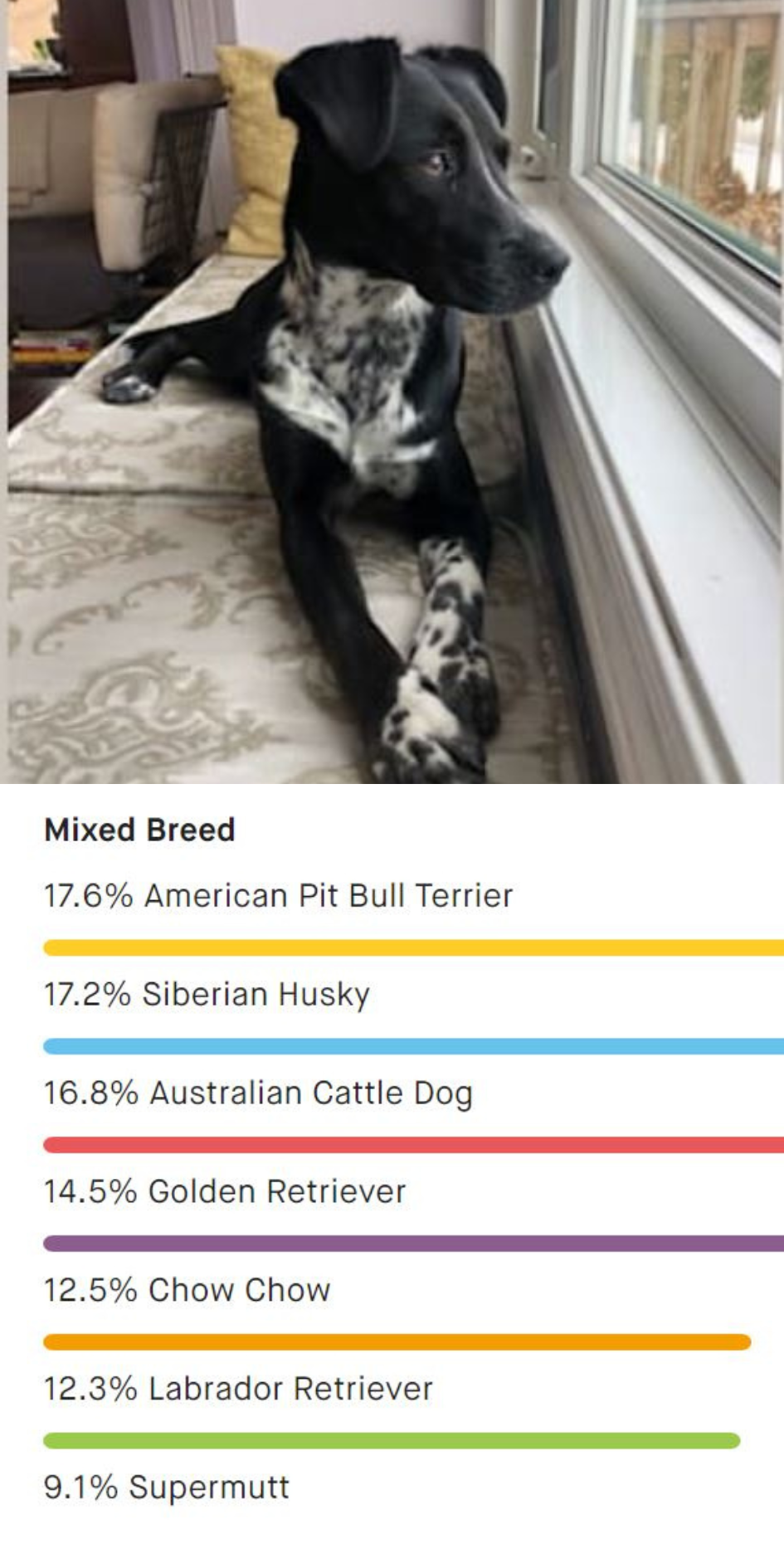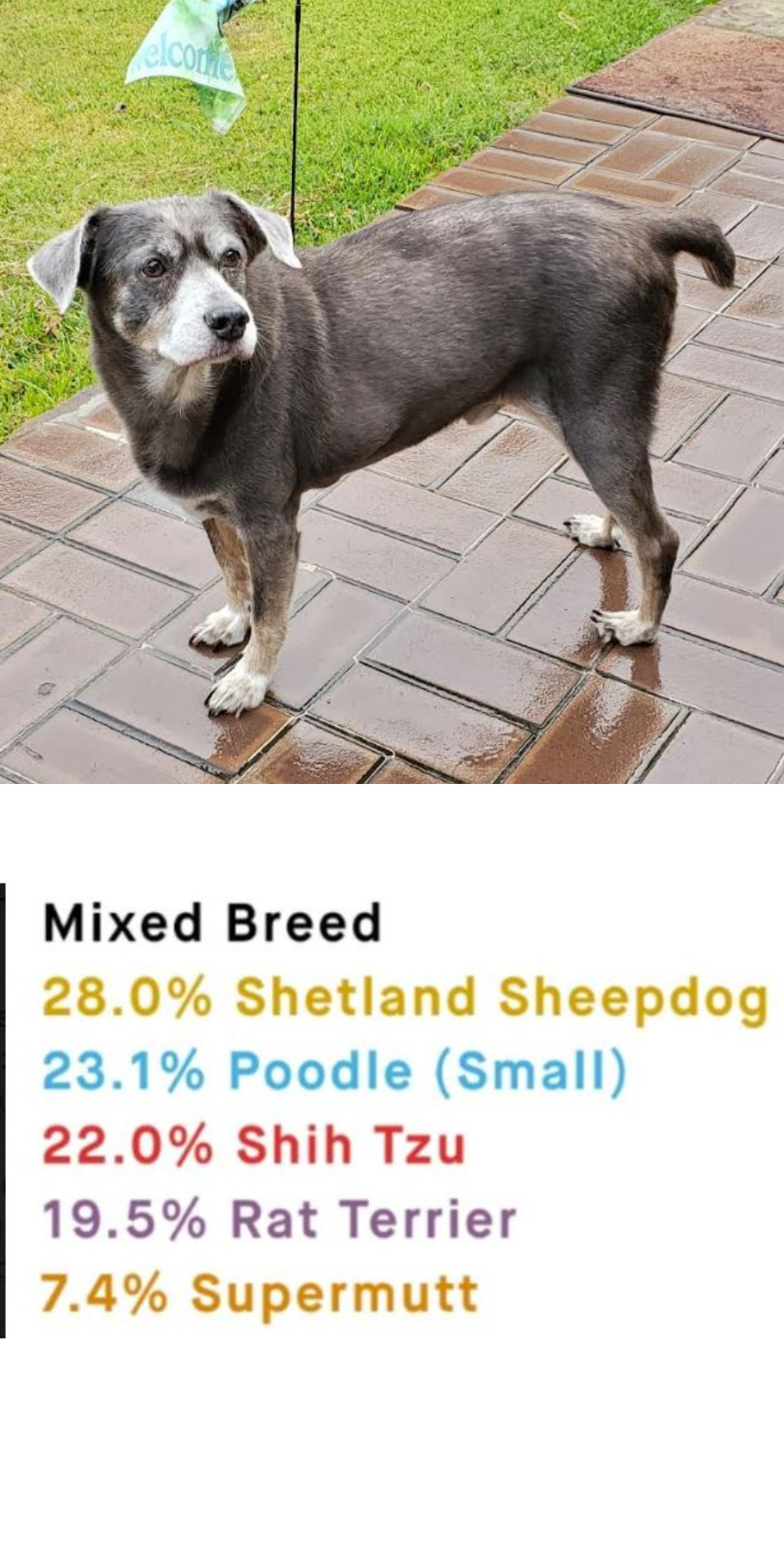Let's change the way we think about "breed"
Research provides evidence that breed labels are arbitrary and can be highly inaccurate.
- Research conducted by Dr. Voith found that Identifying a dog's breed mix through appearance is often inaccurate with a 75% mistake rate. Experts rarely agree on the mix. With these odds it's best to admit uncertainty rather than guess.
- The 2016 study Whats in a Name conclusively proved that removing breed labels at shelters leads to shorter stays for all dogs. Potential adopters are more likely to look beyond breed biases and focus on the unique qualities of each dog.
- A 2022 study by the Broad Institute found that the connection between a dog's genetics and behavior is not what we thought. It challenged the idea that different dog breeds behave in certain ways. In fact, only 9% of a dog's behavior is because of its breed. Even if we know where a dog comes from, it doesn't tell us much about how it behaves as an individual dog.
- A dog's physical appearance is only influenced by about 50 out of their 20,000+ genes. Their true complex nature is influenced by many factors. We shouldn't let breed biases and stereotypes influence us when it comes to understanding a dog's personality and behavior. Learn more about the canine genome.

I would go through shelters, I would see any dog that had relatively short brown hair was identified as a German Shepherd or shepherd mix, and anything with a curled tail was a Siberia Husky and they didn't look anything like a German Shepherd or a Husky.
Dr. Victoria Voith
Professor of Animal Behavior


